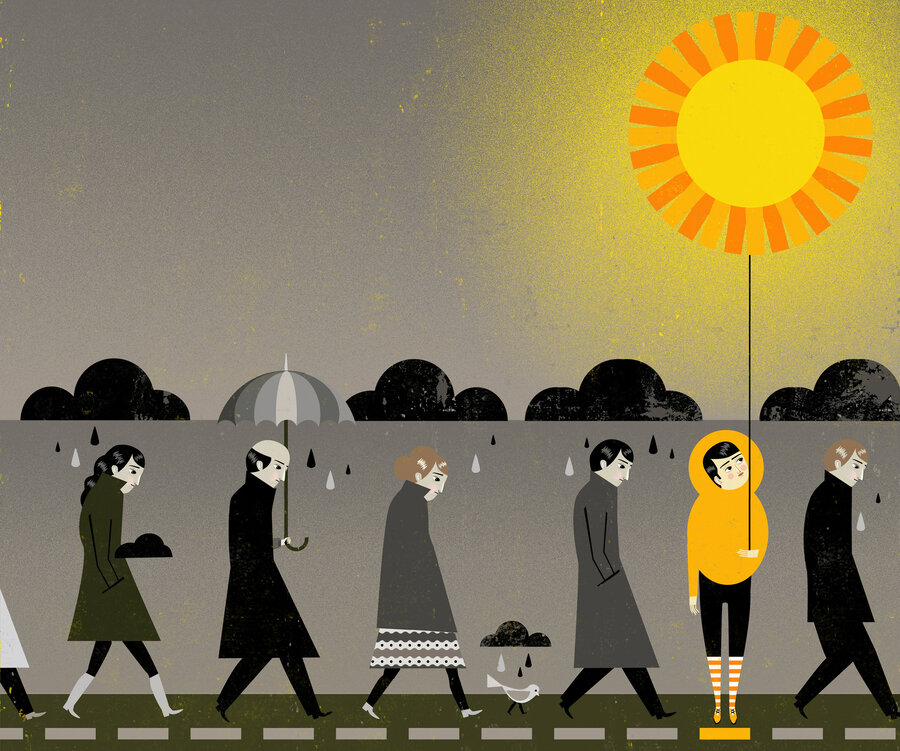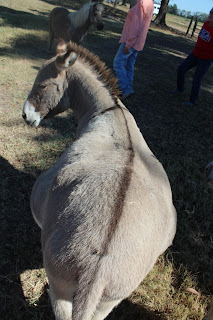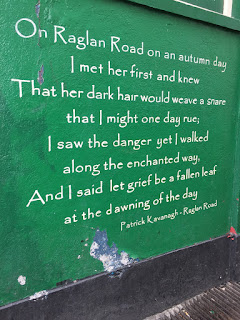This article originally appeared in the Winter 2017 edition, Issue No. 108 of Asset magazine and is being re-printed with permission.
Donkeys are generally not held in high esteem. They’re considered inferior to their majestic equine family member, the horse. Donkeys, or asses as they’re sometimes called, are often associated with poverty in third world countries where they are used as pack animals. In modern times they have come to represent a certain political party. Whether or not that’s a positive or negative association is purely subjective.
Mary Bess Woodruff only sees the positive since she breeds miniature donkeys on a small farm on the outskirts of Inverness, Mississippi. She began raising donkeys around ten years ago and fell in love with them. “I just thought they were so cute! That’s the only reason I started raising them,” she beams.

There is one donkey on her farm that stands out from the herd. “We have a love/hate relationship,” Woodruff laughs. This six year old donkey, fondly named “Dumplin’” follows Mary Bess around wherever she goes. When Dumplin’ was born, her mother refused to nurse her so Woodruff bottle-fed her, even sleeping a few nights in the barn with Dumplin’ so she could feed her every two hours. “I couldn’t leave her alone,” she explains, “so I just stayed in the barn with her.” Perhaps that explains why the donkey is so attached to Woodruff and continuously shadows her. “She’s naturally curious and nosy,” Woodruff chuckles while Dumplin’ peers around a stall in the barn as if she realizes she is the topic of discussion.

The outdoors aren'tthe only place Dumplin’ roams. “When Dumplin’ was little I had to keep her with me all the time so I just let her in the house like a dog.” Nowadays when Dumplin’ is ready to come into the house, she simply walks to the back door like a good, Southern neighbor and rings a set of cowbells dangling from a rope, signaling Woodruff to let her in. If she gets no response, she walks around to the window-paned front door and stares inside until she’s noticed. “She likes to come in and hang out,” explains Mary Bess matter-of-factly.
“When she was little, she would pull magazines off the tables and do all sorts of stuff. Now that she’s older, she’s very well behaved but she still knows how to punch my buttons to make me mad.” This diva-like behavior includes Dumplin’ donning a hat and sunglasses and demanding cookies. “She’ll just hang out with me and sometimes lay down or help herself to a drink of water from the toilet.”
When she’s had enough indoor time, Dumplin’ paws at the door to be let out. But that’s where the similarity to dogs ends. “She doesn’t think she’s as low as a dog,” Mary Bess laughs!
While Dumplin’ is a permanent fixture on the farm, the other miniature donkeys are used to raise money for charity. A gentleman named Mark Harrell manages a large horse show in St. Louis called the March to the Arch. Woodruff was at the show one year to purchase a horse. During a conversation with Mr. Harrell, she mentioned she raised miniature donkeys. He asked if she’d be willing to donate a foal for auction to benefit the children’s hospital in St. Louis and Mary Bess jumped at the chance. Afterwards she offered to donate a foal for auction at the Dixie National Quarter Horse show, the proceeds of which are donated to the Mississippi Children’s Cancer Clinic and the rest, as they say, is history. The average price one of her foals brings at auction is around $3,000. When asked if it’s ever hard to part with her donkeys, Woodruff doesn’t hesitate. “I know they’re going for a great cause. And I know if people pay that much money for them, they’re going to take care of them.”
Mary Bess happily donates to these worthy causes since she lost her only child to cancer at the age of seventeen. Swayze Woodruff was twelve years old in May 1994 when she was diagnosed with Ewing Sarcoma, a bone cancer that affects mainly children and adolescents. Swayze was a precocious girl who liked to laugh and make jokes. During one of her many visits to the cancer clinic, a nurse asked her how her parents came up with the name Swayze. Without batting an eyelash Swayze replied, “That was my daddy’s first wife’s name.” Woodruff cackles and admits, “She just made that up! She was quick witted.”
In the fall of 1996, Swayze’s cancer went into remission. In celebration, Mary Bess and her husband bought Swayze a horse whose registered name is Two Steppin’ Oreo but whom they fondly called J.R. During this golden time, Swayze and her mom traveled at least three times a month all over the southeast showing J.R. “It was a very special time,” Mary Bess recalls.

But the remission was short-lived and in December 1998 they received the devastating news that Swayze had leukemia. Despite the diagnosis, Swayze continued to show J.R. until February 1999. “We came home from a horse show on a Sunday in February, went to the hospital on Monday and Swayze passed away two months later.” After her death, the entire family, including J.R., was in mourning. “J.R. stood at the corner of the pen looking toward the house making a distressed nickering sound. It was weird,” she recounts sadly. In June of that same year, Woodruff decided to honor her daughter’s memory by showing J.R. “All I did was sit in the saddle and cry while J.R. got me through the patterns.”
After her death, one of Swayze’s best friends contacted Woodruff and revealed something to her. After her leukemia diagnosis in December, Swayze confided in her friend that she knew she was going to die. Swayze never shared that feeling with her parents. At the time of the diagnosis, Woodruff and her husband were determined to get through it. “We were just like, ‘we’re going to take this medicine, we’re going to get better and move forward.’ We tried to protect her but we realized after she passed away that she was protecting us.”
The Woodruffs subsequently established a scholarship in memory of their daughter that is administered by the American Quarter Horse Foundation. Mary Bess and her late husband initially funded the scholarship but to sustain it, the Foundation accepts contributions. In addition, Woodruff gives away the miniature donkey foals that aren’t auctioned and asks in return that the recipient donate to the Swayze Woodruff Scholarship Fund. The amount of the donation is never disclosed. “All I ask of the person is to give whatever their heart is telling them to give,” explains Woodruff. Each year the Foundation picks a recipient to receive a $9,000 college scholarship.
There is a legend surrounding this curious creature, the donkey, which has special significance to Mary Bess. While the details vary, the basis of the legend remains the same. In Biblical times, a farmer was approached by two men who requested the use of his donkey. As it turns out, Jesus of Nazareth needed the donkey to ride into Jerusalem on what Christians now call Palm Sunday. The donkey loved his new master so much that he later followed Jesus as he carried the cross to Calvary. The donkey wished he were strong enough to carry the cross for Jesus but alas, he was not. In a show of love and loyalty, the donkey stayed by Jesus until the end. As a reward for the donkey’s loyalty, God caused a shadow of the cross to fall across the donkey’s back where it is borne to this day by the humble beast.
“Not all donkeys have the cross on their backs, but all of my donkeys do,” Woodruff states proudly.
There is symmetry between her story and the donkey’s legend. “Swayze was the strongest person I ever knew. She was something else and I’m not just saying that because she was mine.” She pauses and reflects, “God gives you strength to do things you have no idea you can do. Every day I pray, ‘Can I touch a life?’ At various times since I lost Swayze, I realize I might have.” And just like her donkeys, this is Mary Bess Woodruff’s cross to bear.
Contributions can be made to the Swayze Woodruff Memorial Scholarship Fund via check and mailed to the attention of the American Quarter Horse Foundation, 2601 East I-40, Amarillo, Texas 79104.



















































